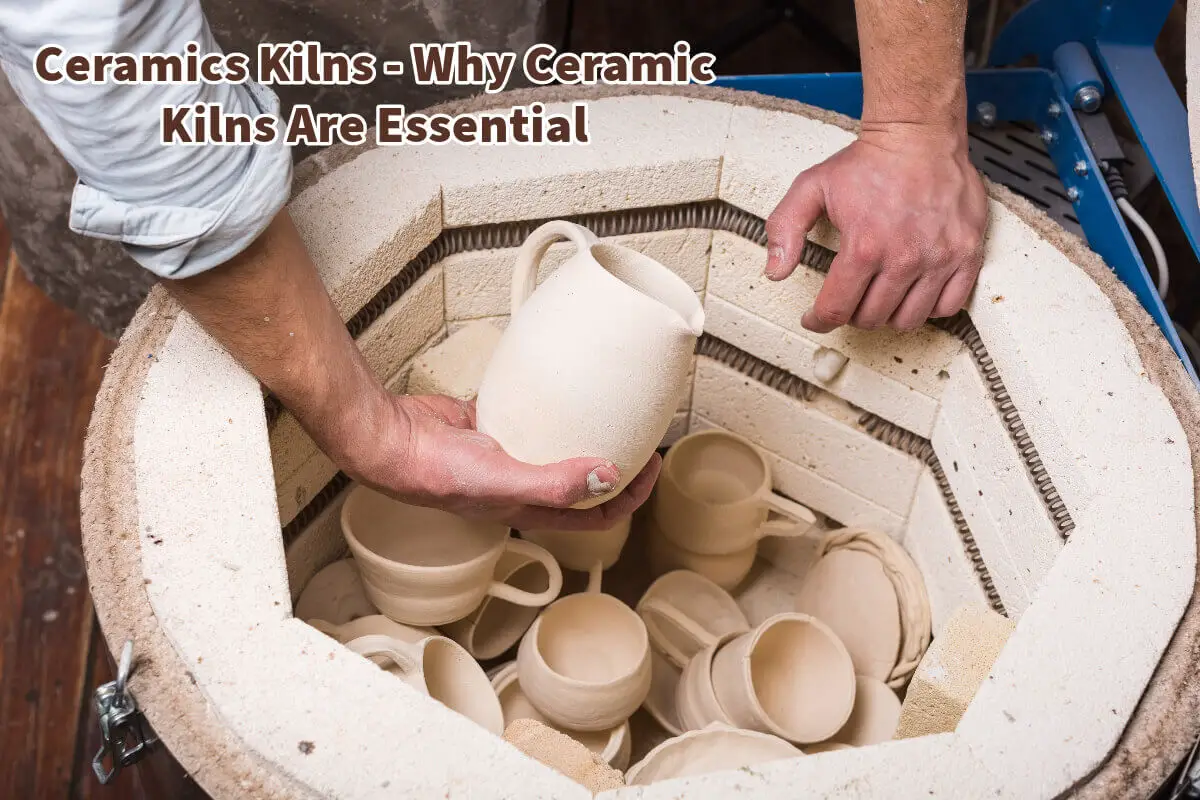A kiln is essential if you aim to transform clay into durable ceramics. This specialized chamber heats the clay to high temperatures, causing it to harden and become a stable ceramic material.
From their ancient roots as pottery and sculptures to their modern applications in electronics and advanced technologies, ceramics have been a crucial part of human history. This enduring relevance is made possible by the transformative power of ceramic kilns.
Table of Contents
- The Essential Role Of Ceramic Kilns: Turning Clay Into Art And Function
- Why Are Kilns Essential For Ceramic Production?
- Alternative Ceramic Heating Methods And Their Limitations
- Types Of Kilns
- Related Content
The Essential Role Of Ceramic Kilns: Turning Clay Into Art And Function
Ceramics have been around for millennia, playing a pivotal role in the story of human civilization. From ancient pots and statues to modern electronic components and cutting-edge technologies, ceramics find their essence in transformation—a transformation that happens through ceramic kilns.
The kiln is the essential piece of equipment that is the gateway that turns raw clay into versatile and durable ceramics.
What Is A Ceramic Kiln?
At its core, a ceramic kiln is an insulated chamber designed to achieve and maintain high temperatures for extended periods. The kiln transforms raw material into a hardened, functional, and sometimes even stunning ceramic art or utility piece by providing the heat necessary to catalyze physical and chemical changes in clay.
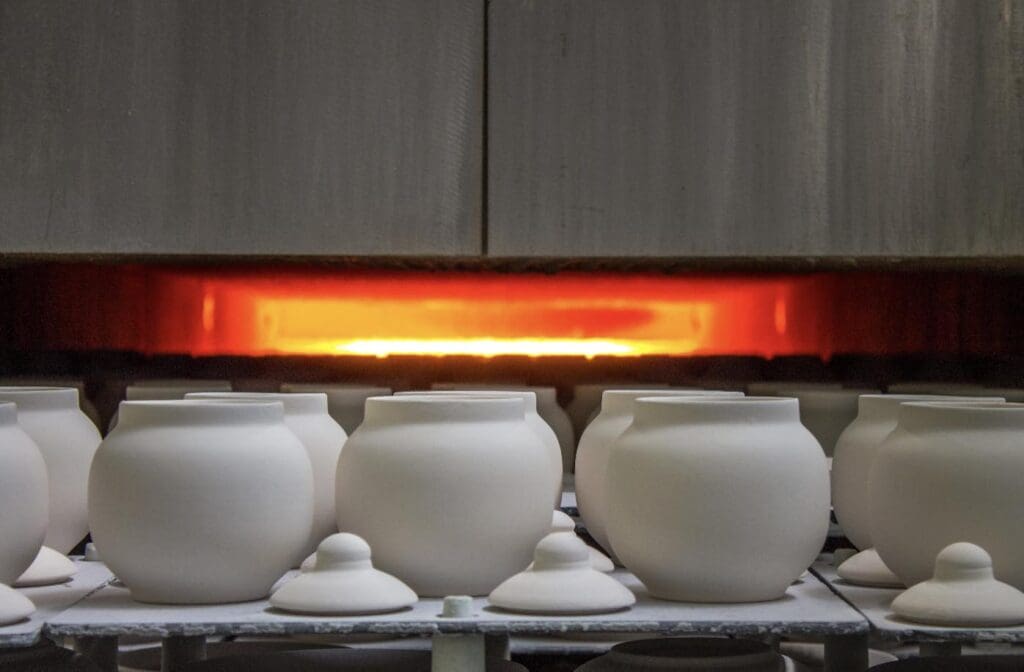
It works like a highly specialized oven that can reach temperatures much higher than any conventional oven, typically between 1,800 and 2,400 degrees Fahrenheit.
Why Are Kilns Essential For Ceramic Production?
There are many reasons why a ceramic kiln remains essential for ceramic production. Here are some reasons why kilns are necessary for ceramic production.
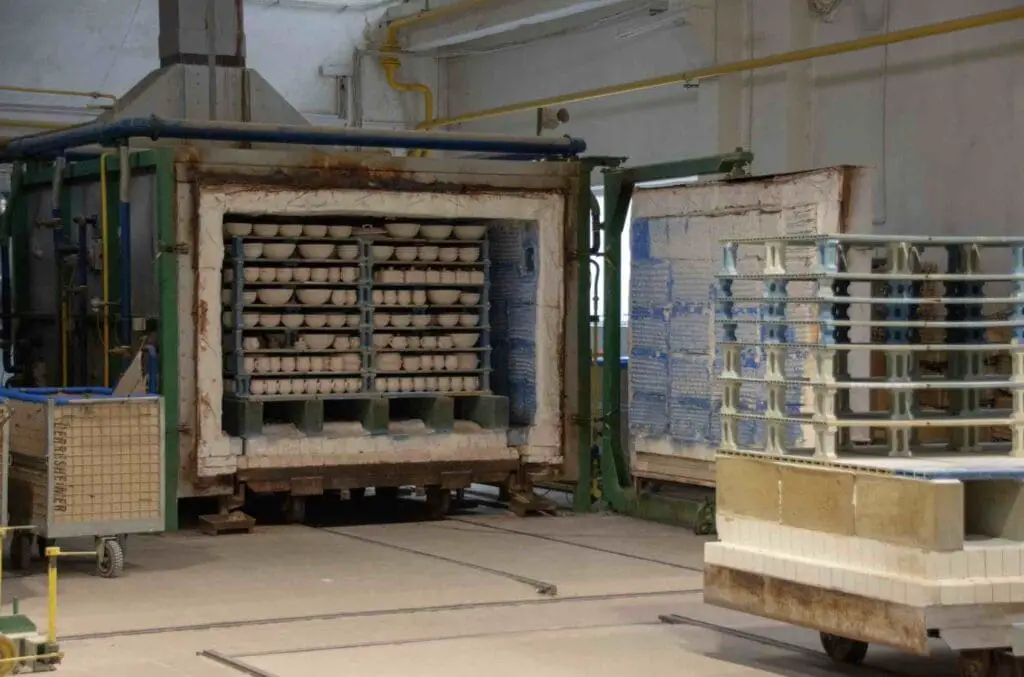
Chemical And Physical Transformation
The high temperatures achieved inside a kiln are vital for facilitating the chemical and physical changes to the clay during firing. The firing process instigates a series of reactions that permanently change the molecular structure of the clay, making it more durable, stable, and sometimes translucent.
The particles within the clay fuse together, resulting in a hardened material with a significantly reduced porosity and enhanced mechanical strength.
Controlled Environment
Kilns provide a consistent and controllable environment for these transformations to occur. The ceramist can precisely control the rate at which the kiln heats up and cools down, tailoring the firing cycle to the specific type of clay and desired end properties.
This controlled environment also ensures uniform heating, minimizing the risk of cracks, warping, or other defects in the finished product.
Protection During Firing
The enclosed design of the kiln provides essential protection for the items being fired. Unlike open-air firing methods, which expose the clay to environmental factors like wind, moisture, and variable temperatures, the kiln offers a sealed, insulated space that keeps conditions stable during the entire firing process.
Alternative Ceramic Heating Methods And Their Limitations
It’s worth mentioning that clay objects can indeed be fired without a kiln using methods like pit firing or open flames. However, these alternative techniques come with their own set of challenges:
Inconsistent Heating:
When clay is fired in an open fire or pit, the heat is usually unevenly distributed, leading to a higher risk of cracking or incomplete firing.
Limited Temperature:
Open-air methods rarely achieve a kiln’s high temperatures, leading to a less durable and more porous final product.
Exposure To Elements:
The clay is exposed to external elements affecting the final product, such as ash, soot, or rain.
Types Of Kilns
Over the years, different types of kilns have been developed to meet various needs and specializations:
Electric Kilns:
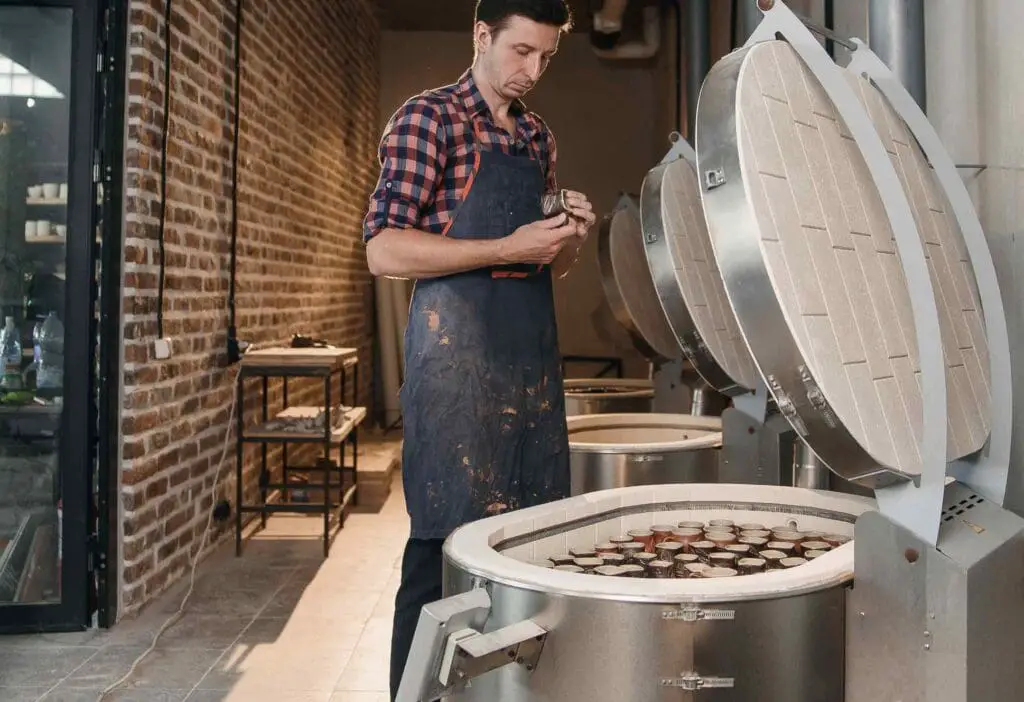
These are highly controllable and are great for small batches and detailed work. Artists and small studios usually use them.
Gas Kilns:
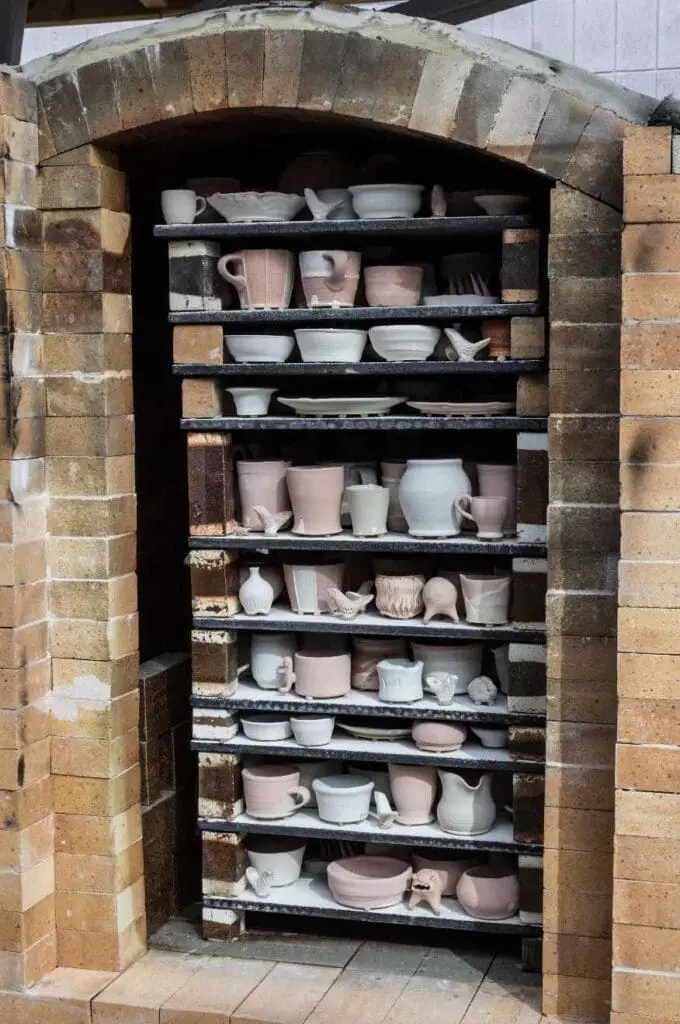
Generally used for larger batches, gas kilns often produce richer surface textures because of their ability to create a “reducing” atmosphere.
Wood-Fired Kilns:
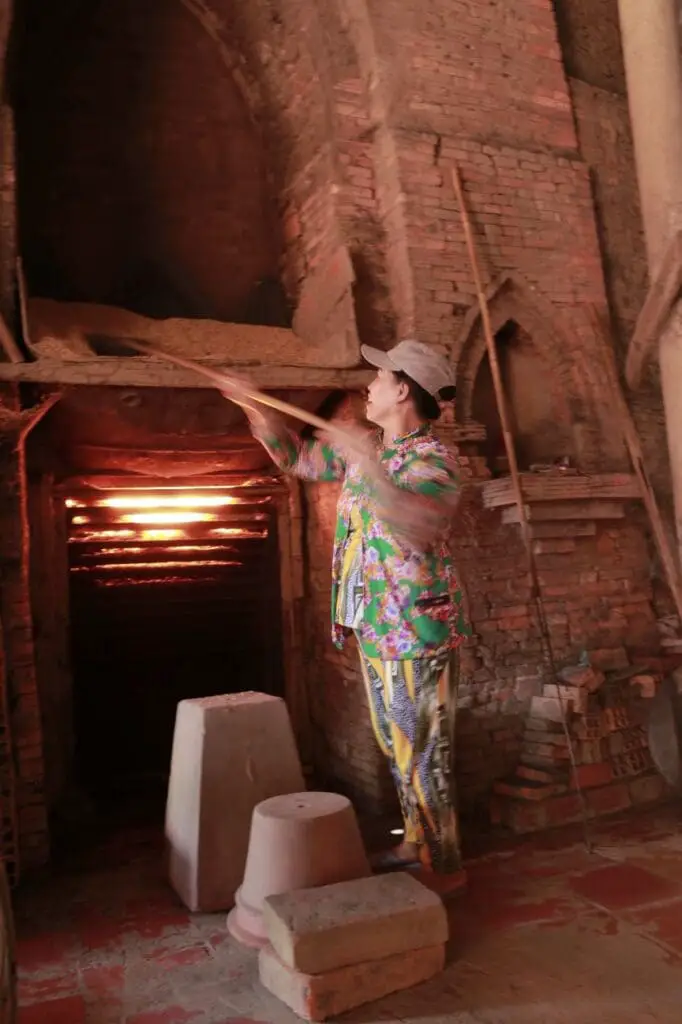
These kilns offer a traditional approach to ceramics, giving unique results but requiring significant manual labor for stoking the fire.
At Mondoro, gas kilns are one of our primary choices for manufacturing ceramics. We opt for gas kilns because they offer greater consistency and are ideal for larger production volumes. While the cost of using gas kilns may fluctuate depending on gas prices, they remain one of the most effective and reliable types of kilns for our needs.
From its integral role in ancient civilizations to its pivotal place in modern technology, the ceramic kiln remains the cornerstone of ceramic art and science. Its ability to provide the critical heat and environment for transforming clay into durable and functional ceramics makes it indispensable in pottery and high-tech materials.
As technology advances, it will be fascinating to see how the humble kiln adapts, enhancing its timeless role in the age-old art of ceramics.
We would love to talk to you if you want to see how we can help you with any of your ceramic production.
Find out more about how Mondoro can help you create, develop, and manufacture excellent home decor and furniture products – don’t hesitate to contact me, Anita. Check out my email by clicking here or become a part of our community and join our newsletter by clicking here.
Mondoro gives out a FREE Lookbook to anyone interested. You can receive a copy of our latest Lookbook by clicking here.
Listen to our Podcast called Global Trade Gal. You can find it on all major podcast platforms. Try out to listen to one of our podcasts by clicking here.
Subscribe to our Mondoro Company Limited YouTube Channel filled with great videos and information by clicking here.
Related Content
How Does The Firing Temperature Affect Ceramics Production?
If a ceramic piece is not fired at the correct temperature, it will make a huge difference in the final product’s outcome. It is also important that the correct kiln is used for the production process. This is because many things must be considered when using a kiln to fire ceramics. During the firing process, many things can cause the final product to fail or crack.
You can learn more by reading our blog, How Does The Firing Temperature Affect Ceramics Production?, by clicking here.
Ceramics Raw Material From Traditional To Advanced
The fascinating world of ceramics is built upon a rich tapestry of raw materials that have evolved from simple, naturally occurring substances to complex, engineered compounds. These raw materials serve as the foundational elements from which an astounding array of traditional and advanced ceramics are crafted.
You can read our blog on Ceramics Raw Material From Traditional To Advanced by clicking here.
Can You Glaze Pottery Without A Kiln?
To start manufacturing or making pottery, you may want to know if you can glaze or fire pottery without a kiln.
Glazed pottery, stoneware, ceramics, and porcelain must be fired at high temperatures. You need to have a kiln to fire them at these high temperatures. There are several kilns, but the main kilns are electrical kilns, fuel-burning kilns, and gas kilns.
You can learn more by reading our blog, Can You Glaze Pottery Without A Kiln? by clicking here.

